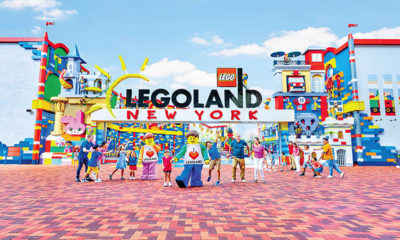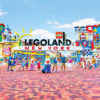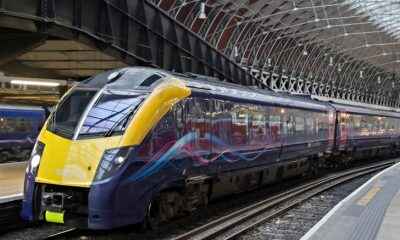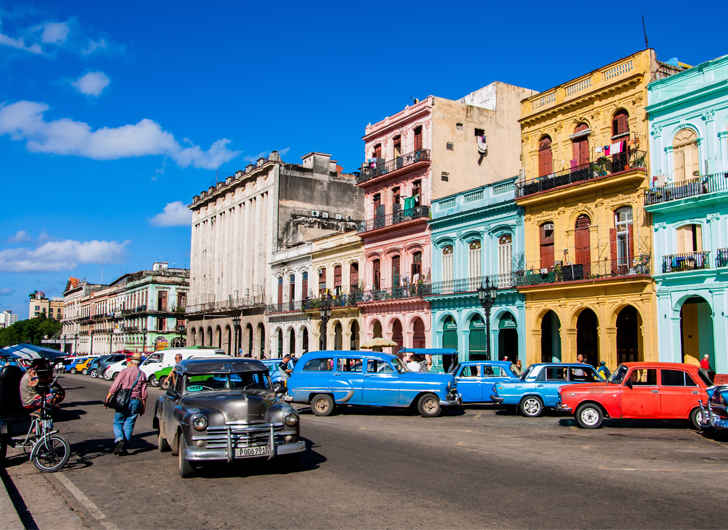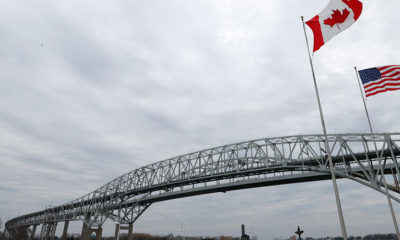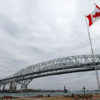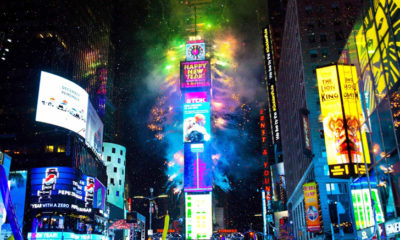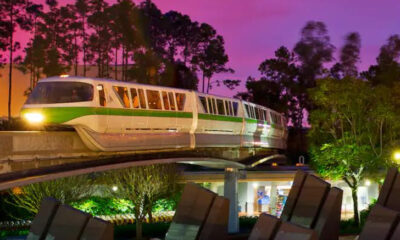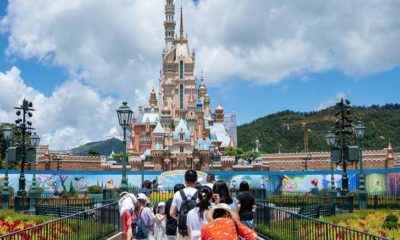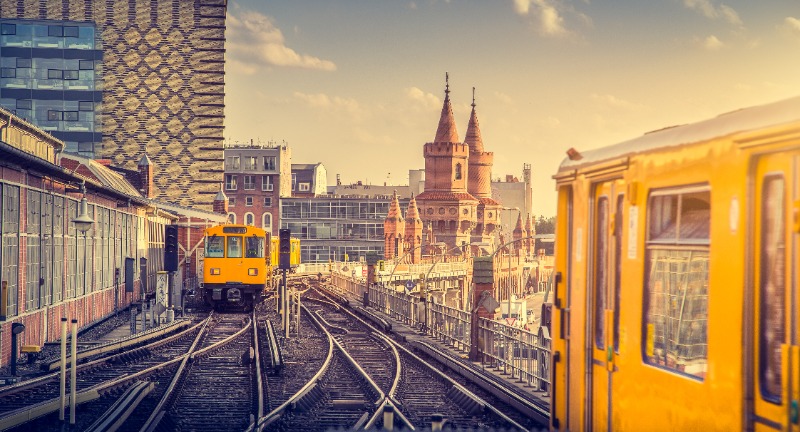
Shutterstock
The world’s oldest subway systems are more than just modes of transportation; they are living monuments to human innovation, resilience, and the relentless pursuit of progress. These subterranean marvels revolutionized urban life, transforming congested cities into efficiently connected hubs of activity. Each system carries the imprint of its era, from steam-powered beginnings to electrified networks, offering a fascinating glimpse into the evolution of technology and design.
Beyond their functionality, these systems often double as cultural artifacts, with ornate stations and historic routes that tell the stories of the cities they serve. By exploring 20 of the oldest subway systems, we uncover not just the mechanics of moving millions, but also the milestones of ingenuity that continue to shape the modern world.
London Underground
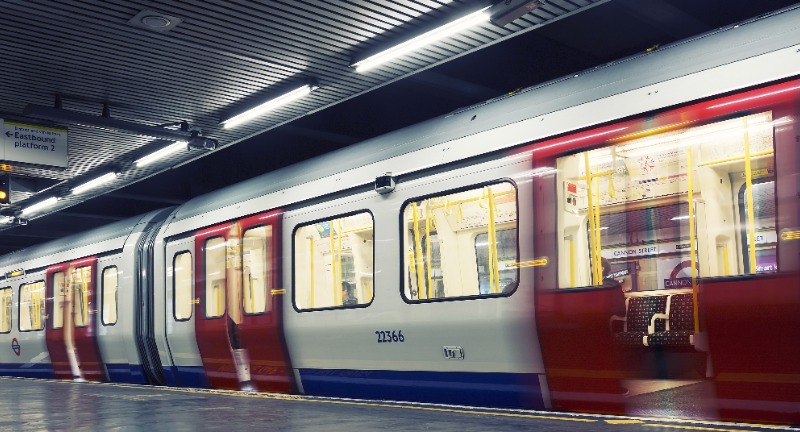
Shutterstock
The London Underground is not just the oldest subway system but a trailblazer in public transit innovation. Initially running steam-powered trains in 1863, it revolutionized urban mobility by making large-scale, underground transportation possible. Over the years, the system has expanded to 11 lines, covering over 400 kilometers and connecting almost every corner of London. Its iconic roundel logo and Tube map design are globally recognized symbols of efficient transit.
Istanbul Tunnel
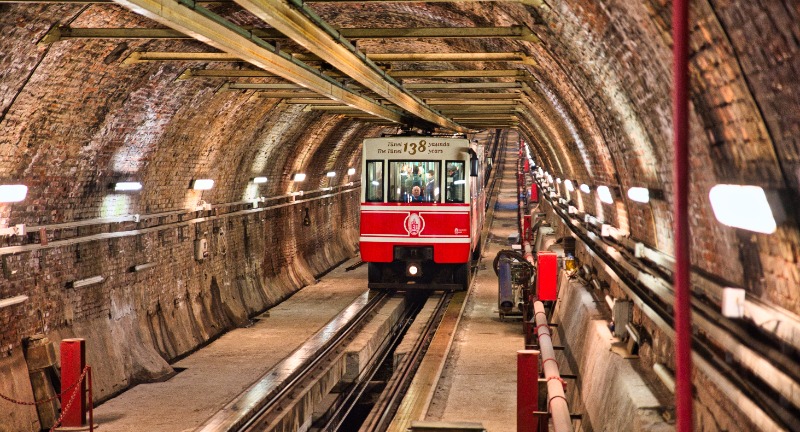
Shutterstock
The Istanbul Tunnel may be short at just 573 meters, but its impact on transportation is profound. Built in the 1870s to ease travel between the steep hills of Karaköy and Beyoğlu, it’s one of the first examples of an underground funicular system. Despite its age, it remains operational, transporting thousands daily in its original location. This historic tunnel is a testament to Istanbul’s ingenuity in adapting infrastructure to its unique topography.
Glasgow Subway
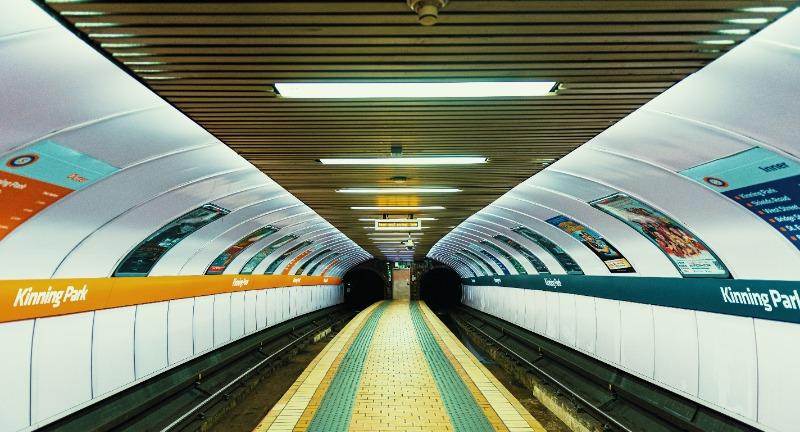
Shutterstock
The Glasgow Subway, often referred to as the “Clockwork Orange” for its circular route and distinct branding, has been serving Scotland’s largest city since 1896. Its original infrastructure, featuring twin tunnels and cable cars, set a standard for compact, efficient subway systems. Though it underwent modernization in the 1970s, its 15-station circular layout remains unchanged. This system is a vital part of Glasgow’s identity and daily life.
Boston Subway
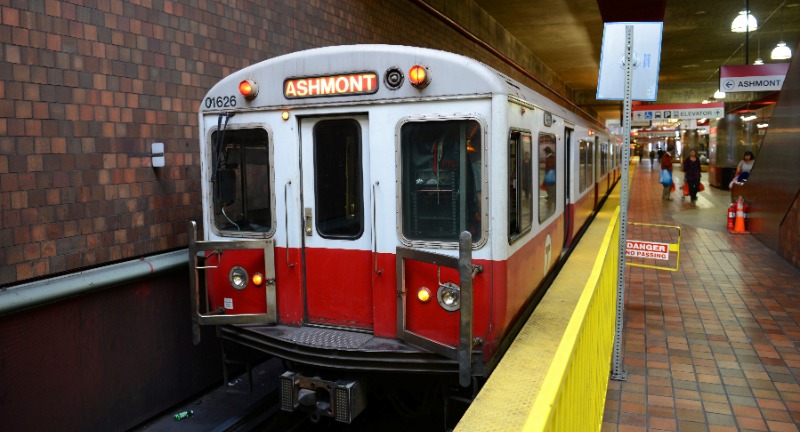
Shutterstock
The Boston Subway, beginning with the Tremont Street Subway in 1897, was the first underground system in North America. It alleviated streetcar congestion in Boston’s busy downtown, quickly becoming a model for urban rail in the United States. Today, it is a cornerstone of the Massachusetts Bay Transportation Authority (MBTA), carrying millions annually. Its combination of historic charm and modern upgrades highlights Boston’s respect for its transit heritage.
Paris Métro

Shutterstock
The Paris Métro is not only a transportation marvel but also an aesthetic one, with its Art Nouveau station designs and iconic signage. Launched in time for the 1900 Paris Exposition, the Métro was a response to the city’s growing population and need for efficient transit. Today, its 16 lines and nearly 300 stations make it one of the most extensive networks in the world. Its compact, widely spaced stations ensure that no corner of Paris is far from the subway.
Budapest Metro
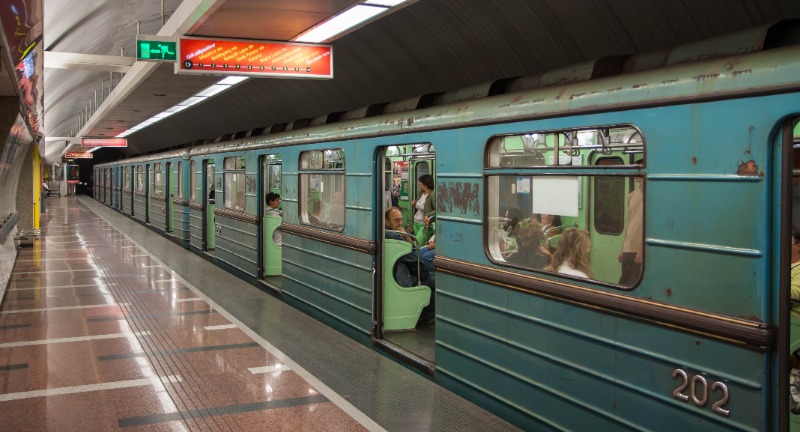
Shutterstock
Budapest’s Millennium Underground Railway was a monumental achievement, celebrating Hungary’s 1,000th anniversary of statehood. Debuting in the late 1800s, it was designed to preserve the city’s historic Andrassy Avenue while offering rapid transit. Its quaint, tiled stations and vintage cars have been carefully preserved, earning the line UNESCO World Heritage status. The Budapest Metro remains an essential part of the city’s infrastructure, blending history with modernity.
Berlin U-Bahn
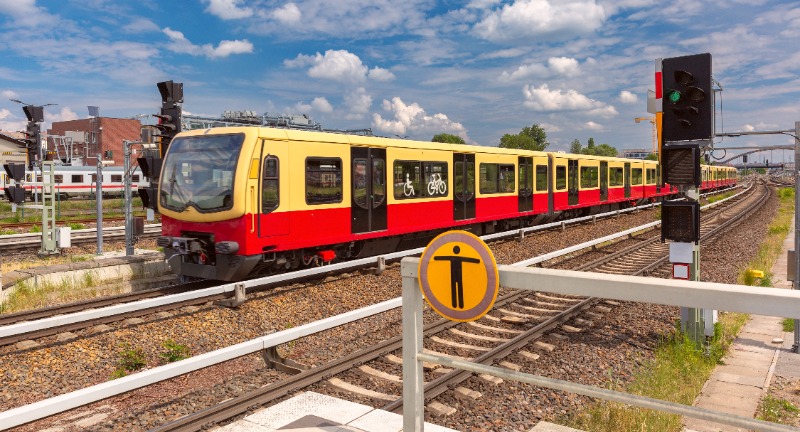
Shutterstock
The Berlin U-Bahn began as an elevated and underground hybrid system in the early 1900s, reflecting Berlin’s industrial spirit. Its focus was on connecting bustling districts like Kreuzberg and Charlottenburg. Over the decades, it has grown into a sprawling network that survived wartime damage and Cold War divisions. The U-Bahn’s resilience mirrors the city’s own ability to rebuild and thrive.
New York City Subway
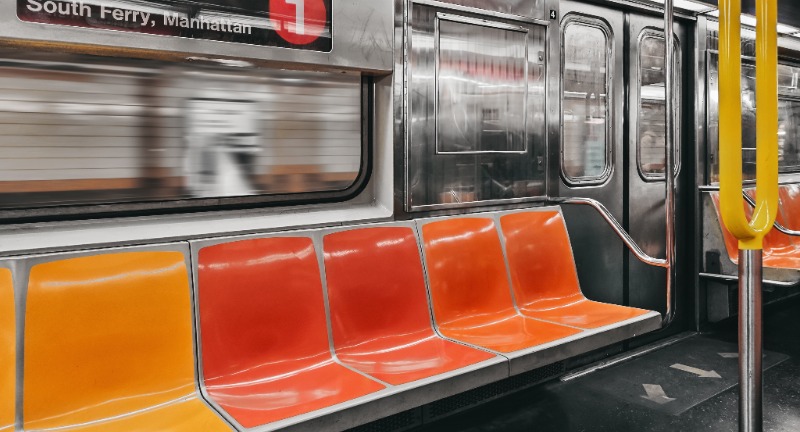
Shutterstock
Since 1904, the New York City Subway is a symbol of the city’s energy, diversity, and ambition. Starting with the Interborough Rapid Transit Company (IRT), the system transformed urban commuting in one of the world’s busiest metropolises. Its 24/7 operation and sprawling network make it indispensable to New Yorkers. Despite its challenges, the subway’s enduring presence underscores its role as the lifeline of the city.
Philadelphia Subway
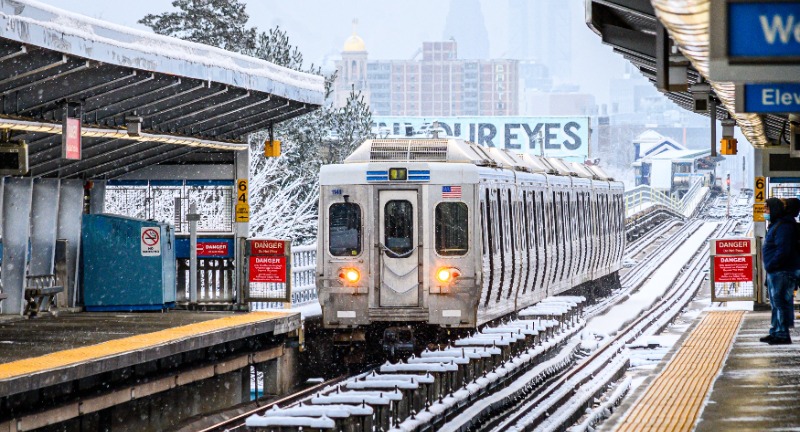
Shutterstock
Philadelphia’s subway system began in 1907 with the Market-Frankford Line, designed to connect major economic hubs. Its dual elevated and underground tracks were pioneering at the time. Today, it remains a key feature of SEPTA (Southeastern Pennsylvania Transportation Authority), serving millions each year. Its ability to adapt to Philadelphia’s growth is a testament to its robust design and importance.
Hamburg U-Bahn
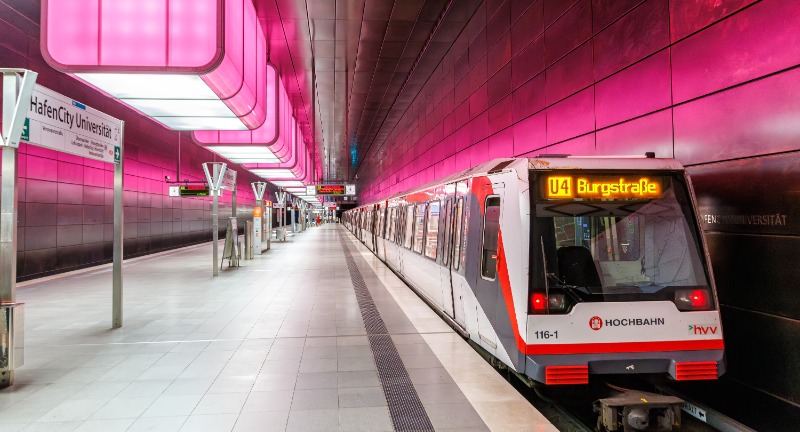
Shutterstock
The Hamburg U-Bahn was created in 1912 to serve the city’s expanding population and economic ambitions. Initially focused on elevated tracks, it quickly transitioned underground to reduce urban congestion. Today, its sleek and efficient design integrates with the city’s S-Bahn network. The U-Bahn’s continued expansion reflects Hamburg’s commitment to sustainability and public transport.
Madrid Metro
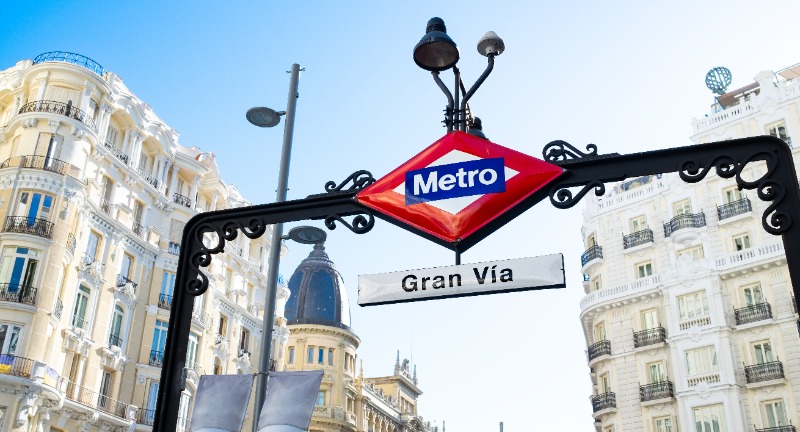
Shutterstock
Madrid’s Metro began in 1919 with just one line, but rapidly expanded due to its popularity. Its affordability and accessibility have made it one of Europe’s most-used systems. Today, it boasts over 300 kilometers of track, blending historic charm with modern efficiency. The Metro remains integral to Madrid’s status as a cultural and economic hub.
Tokyo Metro
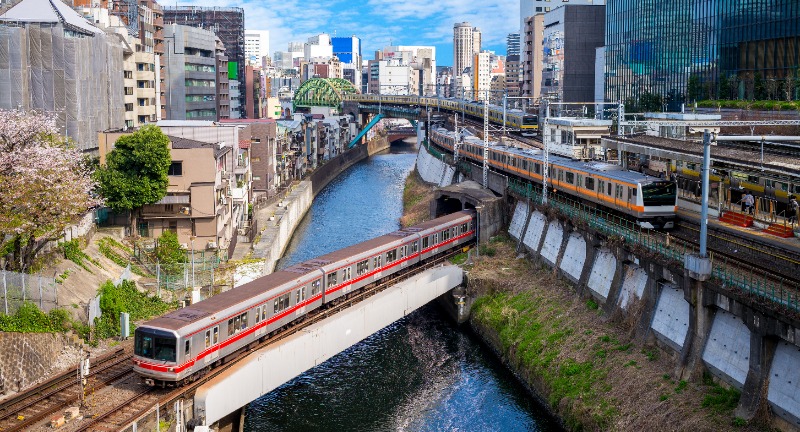
Shutterstock
The Ginza Line marked the start of Tokyo’s transformation into a global transit powerhouse. Built to alleviate surface congestion, it introduced cutting-edge technology for its time. Today, the Tokyo Metro is synonymous with precision, speed, and reliability. Its integration with the city’s extensive rail network ensures seamless travel for millions daily.
Buenos Aires Subte
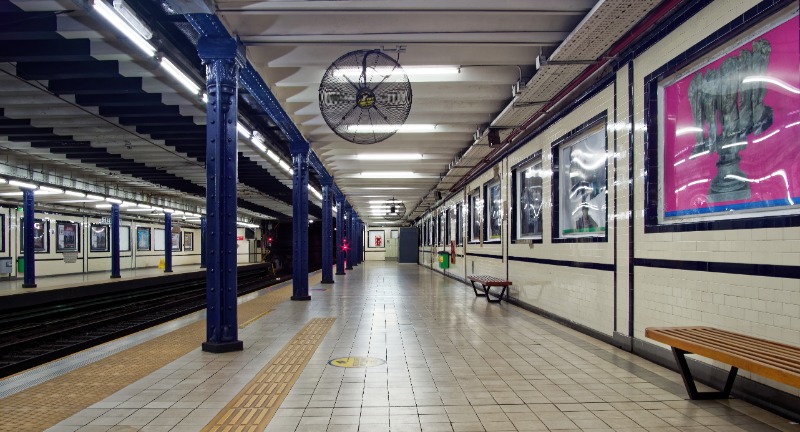
Shutterstock
Debuting in the early 1910s, the Buenos Aires Subte’s inaugural Line A is a treasure trove of history, featuring century-old wooden carriages still in use. Built to connect the city’s growing business districts, it remains an iconic part of Argentine heritage. Its vintage design coexists with modern expansions, making it a unique subway experience. The Subte is a vital artery for the vibrant city.
Barcelona Metro
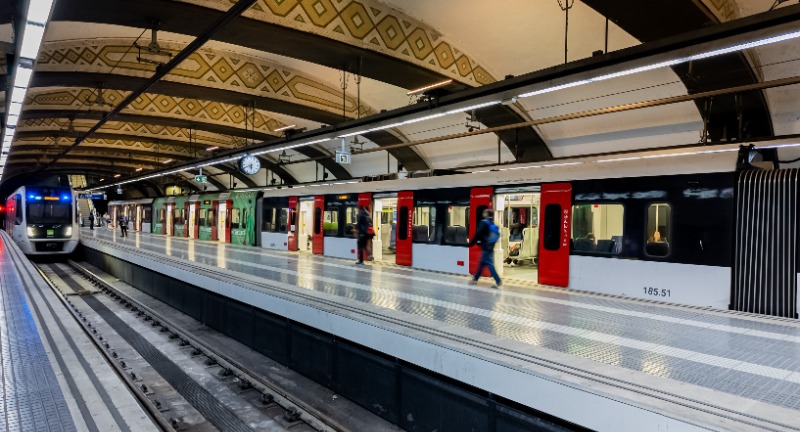
Shutterstock
The Barcelona Metro began as a single line in the 1920s, connecting Lesseps and Plaça de Catalunya, serving the city’s growing population. Its network expanded rapidly, with each line meticulously designed to integrate with the city’s unique geography and cultural heritage. Today, the system spans over 160 kilometers, serving millions of passengers annually. Its blend of modern infrastructure and historical preservation makes it a model for transit systems worldwide.
Osaka Metro
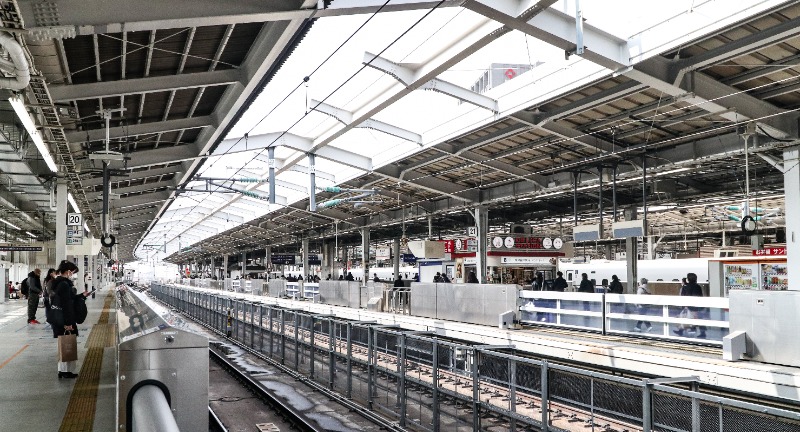
Shutterstock
The Midosuji Line was Japan’s second subway system, debuting in 1933, marking Osaka’s rise as an industrial and commercial powerhouse. Its development was essential for managing the city’s growing population and economic activity. Today, the Osaka Metro is a critical component of the Kansai region’s transit network, known for its efficiency and reliability. Its seamless connection to other rail systems demonstrates the foresight of its original design.
Moscow Metro
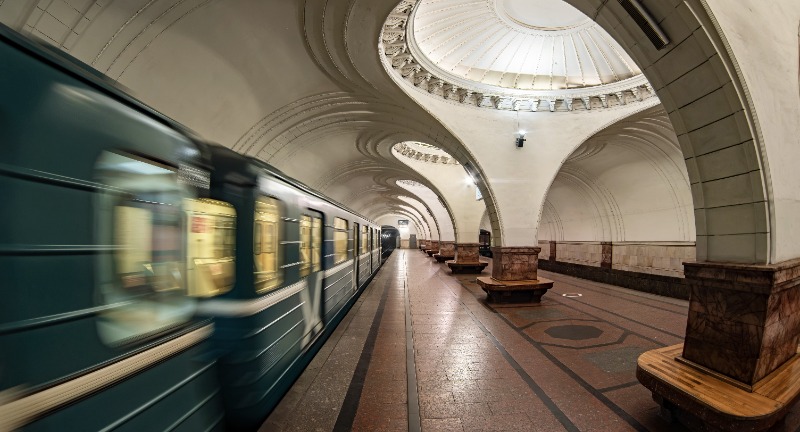
Shutterstock
The Moscow Metro is renowned for its stunning architecture, with stations adorned with chandeliers, mosaics, and marble. Built during the Soviet era, it symbolized the strength and vision of a new society while providing essential transportation. Today, the metro is a vital part of Moscow’s daily life, with one of the highest passenger volumes in the world. Its grandeur and efficiency continue to attract both commuters and tourists.
Stockholm Metro
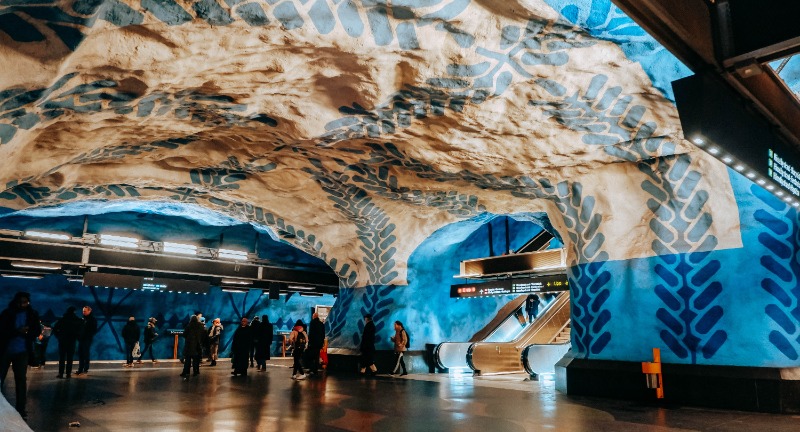
Shutterstock
Since the 1950s, the Stockholm Metro has often been called the “world’s longest art gallery” due to its beautifully decorated stations featuring murals, sculptures, and mosaics. The system began with a focus on connecting suburban areas to the city center, promoting urban growth. Today, its 100 stations form an integral part of Stockholm’s public transit network. The Metro’s emphasis on aesthetics and sustainability reflects Sweden’s progressive values.
Rome Metro
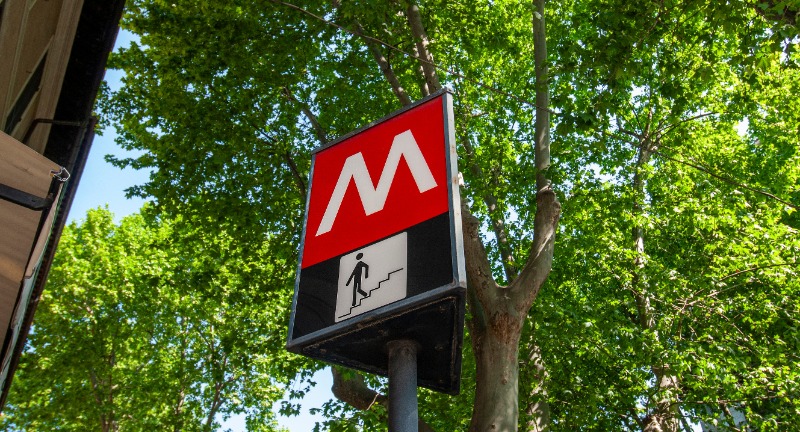
Shutterstock
The Rome Metro started with Line A in the 1950s, designed to connect the city’s historic center to newer residential areas. Challenges related to the city’s archaeological treasures slowed its expansion, but the system eventually grew to accommodate modern needs. Despite its relatively small size, the Metro is an essential part of Roman life, particularly for commuters and tourists. Its mix of ancient and contemporary elements captures the essence of Rome.
São Paulo Metro

Shutterstock
in 1974, the São Paulo Metro was the first subway system in Brazil, representing a leap forward in South American public transportation. Its clean, modern design and punctual service set a new standard for transit in the region. Over the years, it has expanded to serve one of the largest metropolitan areas in the world. The Metro is critical to São Paulo’s economy, connecting millions to work, education, and leisure.
Montreal Metro

Shutterstock
Montreal’s Metro introduced rubber-tired trains in the 1960s, inspired by the Paris Métro, offering a quieter and smoother ride. Its colorful, architecturally distinct stations reflect the city’s cultural diversity. The Metro serves as a backbone of the city’s public transit system, connecting neighborhoods and facilitating economic activity. Its integration with bus and commuter rail systems ensures seamless travel across the metropolitan area.
Conclusion
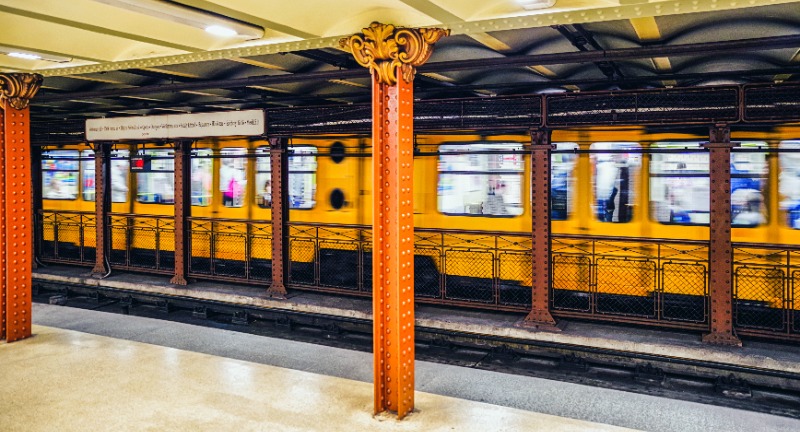
Shutterstock
The oldest subway systems in the world are more than historical curiosities, they are the foundation of modern urban transit and a testament to human ingenuity. From their humble beginnings to their status as iconic city landmarks, these systems demonstrate how infrastructure can adapt and endure over time. They continue to connect millions of people daily, blending history with progress. As cities expand and new technologies emerge, these pioneering systems remind us of the innovative spirit that drives urban development forward.






















